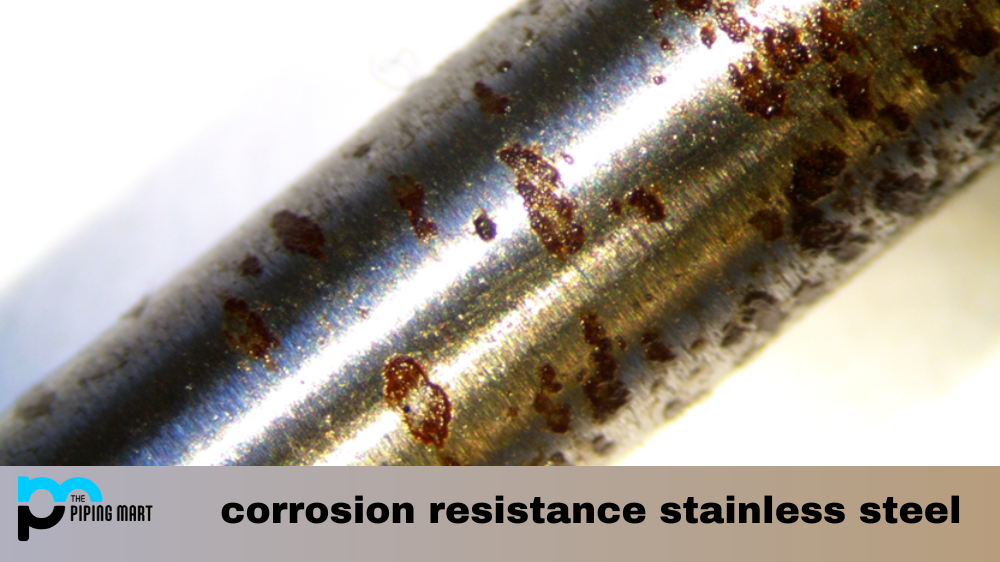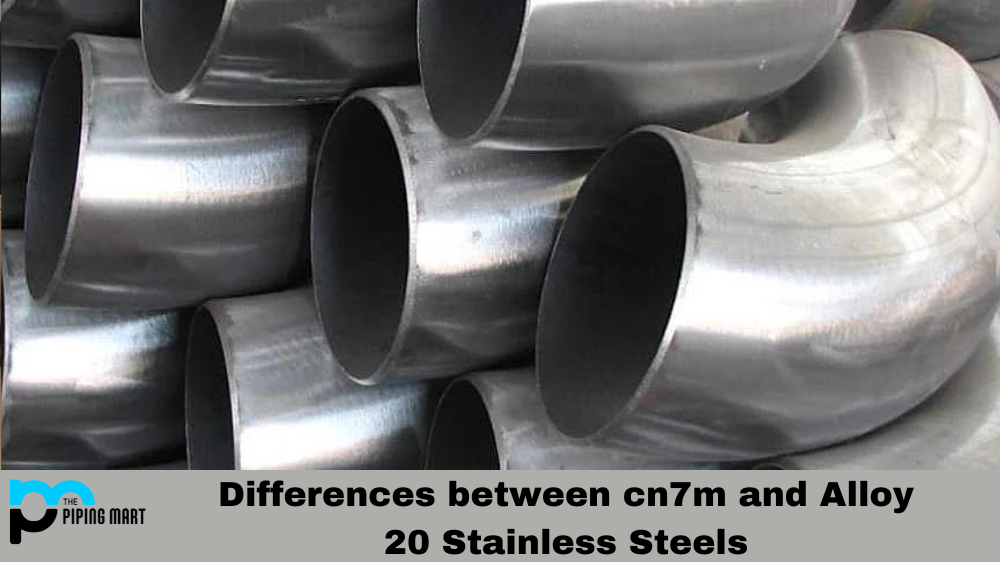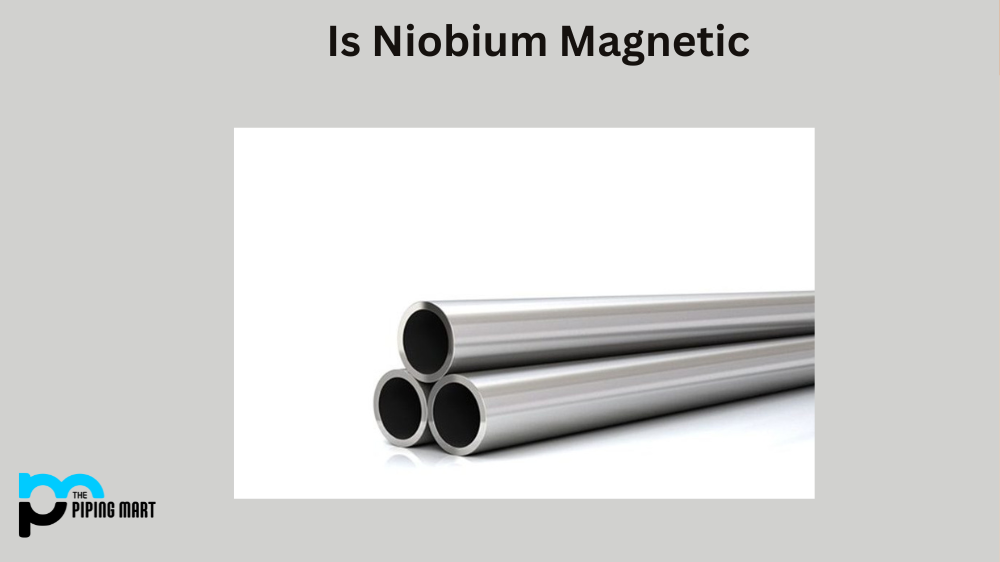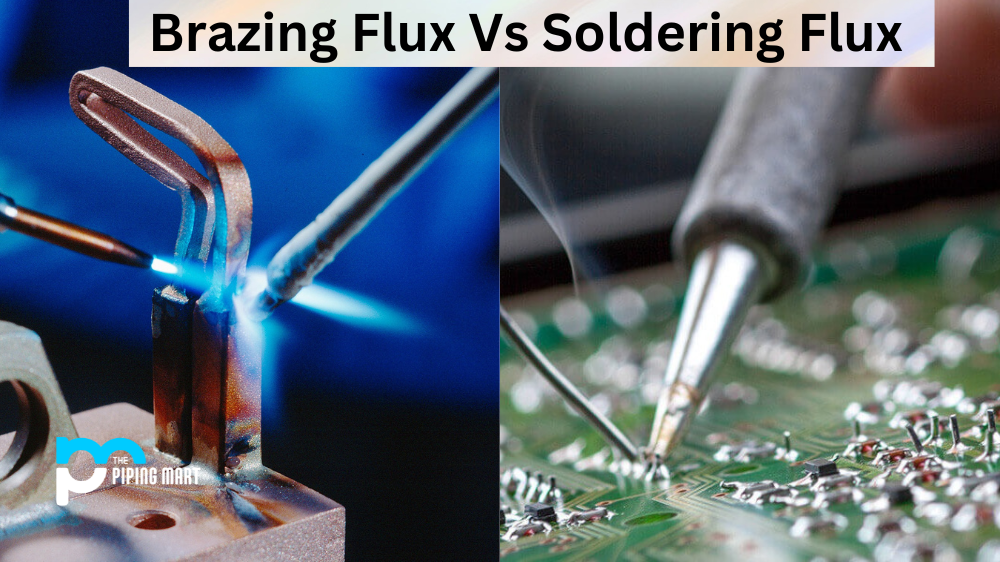Stainless steel is an incredibly versatile metal alloy that offers superior corrosion resistance in various industrial environments. It’s a popular choice for many types of projects, from construction to manufacturing and more. But what makes stainless steel so corrosion-resistant? Let’s take a closer look.
The Science Behind Corrosion Resistance
Stainless steel gets its corrosion resistance from adding chromium during the production process. Chromium forms an extremely thin, invisible layer of chromium oxide on the surface of the stainless steel when it is exposed to oxygen. This chromium oxide layer acts as a barrier between the metal and the environment, preventing corrosive elements from attacking the material itself. As long as enough oxygen is present to keep this chromium oxide layer intact, stainless steel will remain corrosion-resistant.
Another element that contributes to stainless steel’s corrosion resistance is nickel. Nickel helps form another protective layer on the material’s surface; this layer is known as a passive film and helps prevent further oxidation after initial exposure to oxygen or other elements in the atmosphere. Together with chromium, nickel creates an incredibly strong barrier against corrosive elements, making stainless steel one of the most durable metals available today.
Achieving Maximum Corrosion Resistance
It’s important to note that not all stainless steel is created equal regarding corrosion resistance. To achieve optimal corrosion resistance, choose your alloy carefully based on its chemical composition and grade number (e.g., 304 vs. 316). The higher grades typically offer greater levels of protection due to their increased levels of chromium and nickel content. Still, they may also be more expensive than lower grades, such as 201 or 409. For maximum protection against rust and other forms of corrosion, you should opt for high-grade alloys such as 304 or 316 whenever possible.
Conclusion:
In conclusion, stainless steel offers superior corrosion resistance thanks to its unique chemical composition, which includes both chromium and nickel in varying amounts depending on its grade number (e.g., 304 or 316). While all stainless steels offer some degree of protection against rust and other forms of corrosion, higher grades such as 304 or 316 can provide maximum protection thanks to their increased levels of these two key elements. With careful selection and proper maintenance, you can ensure that your project utilizes stainless steel for superior durability over time!

Pipingmart is B2B portal specializes in industrial, metal and piping products. Also, share latest information and news related to products, materials and different types grades to help business dealing in this industry.




